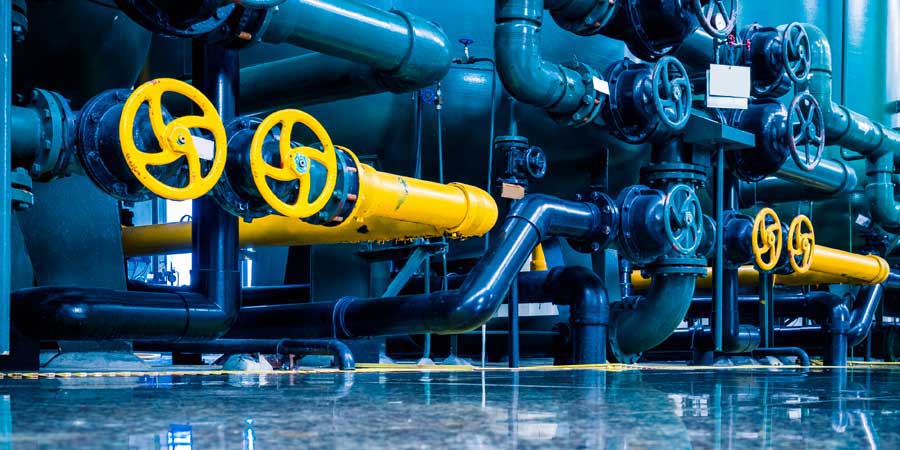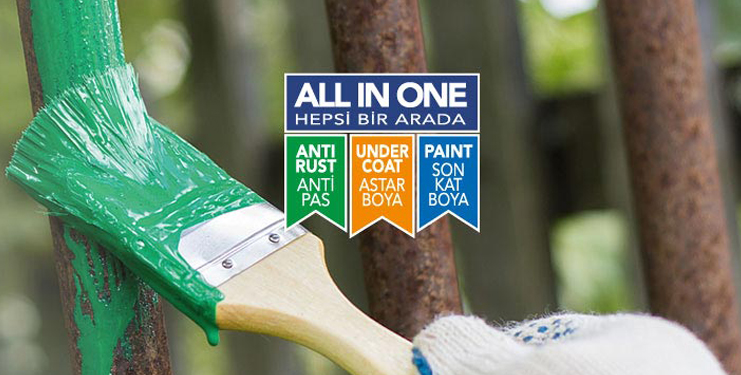
Properties of Industrial Paints
Industrial paints, also known as industrial coatings, have a wide range of applications. Industrial paint dries much faster compared to wall paints. This feature plays a significant role in why large enterprises prefer industrial coatings. It is known as the most commonly used type of paint in both mass production areas and on technical parts.
Features of Industrial Paint
When choosing industrial paint, you should ensure that these paints are produced in a way that allows for technological development. Moreover, they must be able to meet various needs throughout production processes. Having industrial coatings that are both organic and lead-free offers a major advantage. Today, industrial coatings are safely used in many production facilities. These types of paint retain their gloss for many years after drying. They can be used comfortably in both indoor and outdoor settings; on iron or steel surfaces, concrete areas, MDF structures, as well as plaster and all kinds of metal surfaces.
What Should Be Considered Before Application?
For industrial coatings to be successfully applied, the primary characteristics of the surface in question must first be analyzed. Likewise, having a clean surface before application will provide a great advantage. Industrial paints last longer when applied to clean surfaces. There should be no dirt, rust, or oil on the surfaces. Before applying industrial paint, it should be thinned using specific techniques. Typically, spray guns are used, and after application, a film layer forms on the surface. Finding the most suitable color of paint depends not only on the quality of the industrial coating but also on the level of expertise of the person applying it. Because industrial coatings have unique properties, regular painters may struggle during application. Coil coatings, powder coatings, and protective coatings are among the most popular types of industrial paints.







